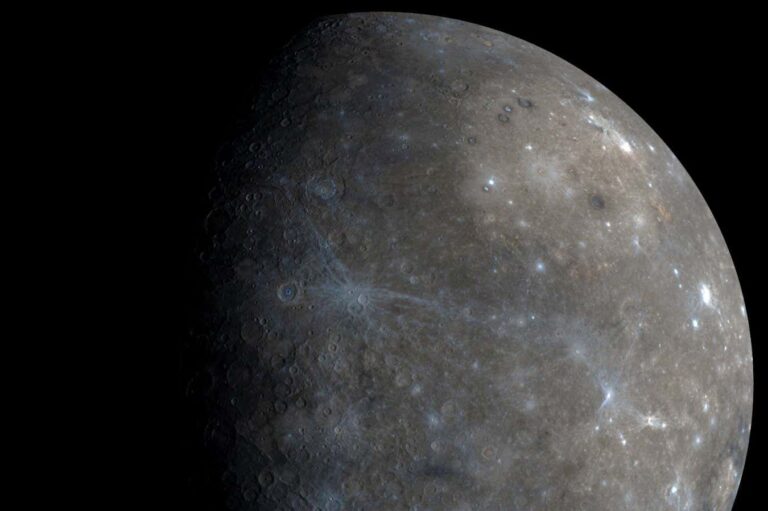A Chinese probe carrying samples from the far side of the moon has started its journey back to Earth, the country’s space agency said – a world first and a major achievement for Beijing’s space programme.
The ascender module of the Chang’e-6 probe “lifted off from lunar surface” and entered a preset orbit around the moon, the China National Space Administration (CNSA) said.
It was the first craft to successfully take off from the moon’s far side, with the state news agency Xinhua describing the launch as “an unprecedented feat in human lunar exploration history”.
Analysis of the samples it is bringing back will allow scientists “to deepen research on the formation and evolutionary history of the moon”, Xinhua quoted the Chang’e-6 mission spokesperson, Ge Ping, as saying.
It will also offer insights into “the origin of the solar system … laying an improved foundation for later exploration missions”, he said.
The Chang’e-6 module touched down on Sunday in the moon’s immense South Pole-Aitken basin, one of the largest known impact craters in the solar system, according to the CNSA.
The technically complex 53-day mission began on 3 May.
The Chang’e-6 has two methods of sample collection: a drill to gather material under the surface and a robotic arm to grab specimens above the surface.
After it successfully gathered its samples, “a Chinese national flag carried by the lander was unfurled for the first time on the far side of the moon”, the CNSA said.
Scientists say the moon’s “dark” side – so called because it is invisible from Earth, not because it never catches the sun’s rays – holds great promise for research because its craters are less covered by ancient lava flows than the near side.
Material collected from the far side may better shed light on how the moon formed in the first place.
Plans for China’s “space dream” have been put into overdrive under President Xi Jinping. Beijing has poured huge resources into its space programme over the past decade, targeting a string of ambitious undertakings in an effort to close the gap with the two traditional space powers – the US and Russia.
It has notched several notable achievements, including building a space station called Tiangong, or “heavenly palace”. Beijing has landed robotic rovers on Mars and the moon, and China is only the third country to independently put humans in orbit.
But Washington has warned that China’s space programme is being used to mask military objectives and an effort to establish dominance in space.
China aims to send a crewed mission to the moon by 2030 and plans to build a base on the lunar surface.
The US is also planning to put astronauts back on the moon by 2026 with its Artemis 3 mission.
#Chinas #lunar #probe #successful #takeoff #side #moon #Space


















+ There are no comments
Add yours